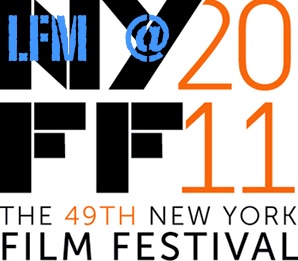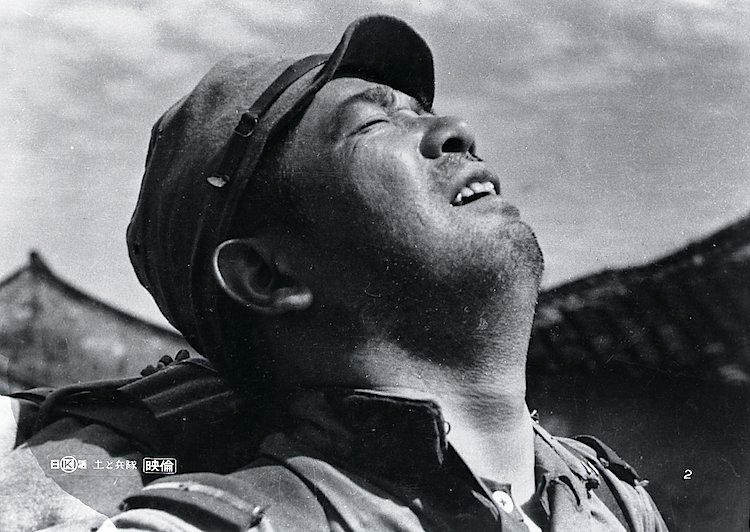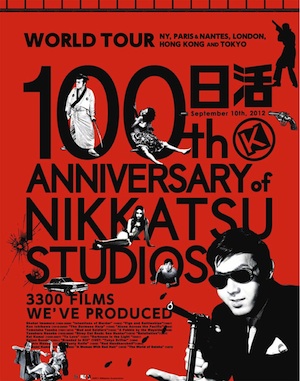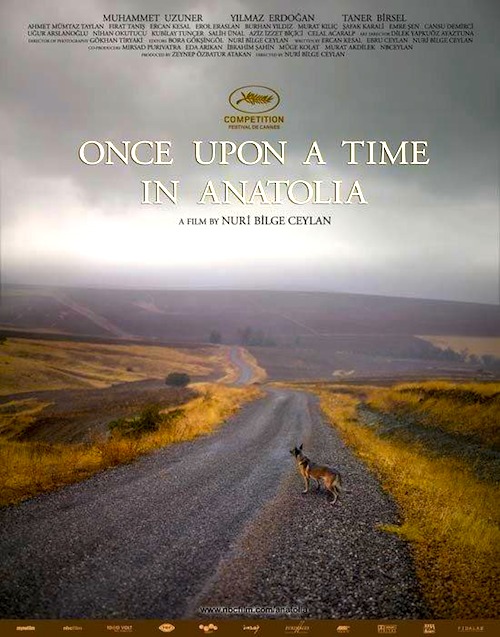By Joe Bendel. He was frequently dubbed “the Quiet Beatle,” but George Harrison could also be called the cineaste Beatle. One of his first solo projects was the original soundtrack for Joe Massot’s psychedelic Wonderwall, completed while the Fab Four were still together. After the band broke up, he eventually founded Handmade Films, providing a jolt of capitol for independent British filmmakers. Harrison himself gets a full 208 minutes of screen-time in Martin Scorsese’s definitive documentary, George Harrison: Living in the Material World, which screens this Tuesday at the 49th New York Film Festival, just ahead of its HBO premiere.
 Yes, George Harrison was a lad from Liverpool. The youngest Beatle, he was initially recruited because he could actually play. The general gist of the Beatles story will be generally familiar to just about everybody: initially, Lennon and McCartney were front-and-center, carrying the songwriting load, but slowly Harrison asserted himself, introducing the sitars and tablas into their later, trippier recordings. Since Yoko Ono consented to an on-camera interview, their eventual break-up is presented solely in terms of the stress of working so closely together for such a long time. Still, it is hard not to get sucked into Scorsese’s Harrison-centric retelling of the Beatles mythos.
Yes, George Harrison was a lad from Liverpool. The youngest Beatle, he was initially recruited because he could actually play. The general gist of the Beatles story will be generally familiar to just about everybody: initially, Lennon and McCartney were front-and-center, carrying the songwriting load, but slowly Harrison asserted himself, introducing the sitars and tablas into their later, trippier recordings. Since Yoko Ono consented to an on-camera interview, their eventual break-up is presented solely in terms of the stress of working so closely together for such a long time. Still, it is hard not to get sucked into Scorsese’s Harrison-centric retelling of the Beatles mythos.
However, it is something of a surprise how eventful Harrison’s post-Beatle years were, despite his often deliberately low profile (essentially constituting the second half of Material). Of course, his spiritual quest continued, which is a major focus for his widow, co-producer Olivia Harrison. Those who saw the IFC Channel’s behind-the-scenes history of Monty Python will already be well aware of Harrison’s close personal relationship to the comedy troupe, but who knew he was a Formula One Racing fan? In fact, one of the most touching interview segments features his friend Jackie Stewart, the “Flying Scotsman.”
If Ono gets a pass, at least Eric Clapton is forthright enough to address on-camera the whole business of how he romanced Harrison’s first wife while they were still married, albeit rather gingerly. Yet, for personal drama, the events surrounding the violent home invasion Harrison survived late in life effectively serves as a rather stark climax.
 Harrison’s friends and family make a compelling case he just might have been the most interesting Beatle. Scorsese calls in some major star power, including both surviving Beatles as well as fellow Traveling Wilbury Tom Petty. It is also a pleasure to see Jane Birkin (from Wonderwall) on-screen in any context, but it is just plain creepy when his one-time producer Phil Spector shows up.
Harrison’s friends and family make a compelling case he just might have been the most interesting Beatle. Scorsese calls in some major star power, including both surviving Beatles as well as fellow Traveling Wilbury Tom Petty. It is also a pleasure to see Jane Birkin (from Wonderwall) on-screen in any context, but it is just plain creepy when his one-time producer Phil Spector shows up.
Material is a very good rock doc, but the nearly three and a half hour running time is pushing the limit. According to IMDB, it is almost half an hour longer than Ken Burns’ Thomas Jefferson—and Jefferson was the first to do just about everything. Nonetheless, it is consistently more engaging than the Lennon documentary that screened at last year’s NYFF. As a further point in Material’s favor, Scorsese, Olivia Harrison, and their collaborators almost entirely avoid politics, focusing squarely on the musical, spiritual, and personal aspects of his life, essentially in that order of concentration. Informative and entertaining, Material screens this Tuesday (10/4) at Alice Tully Hall as a Main Slate selection of the 2011 New York Film Festival and airs on HBO in two parts this Wednesday and Thursday (10/5 & 10/6).
Posted on October 4th, 2011 at 2:00pm.


